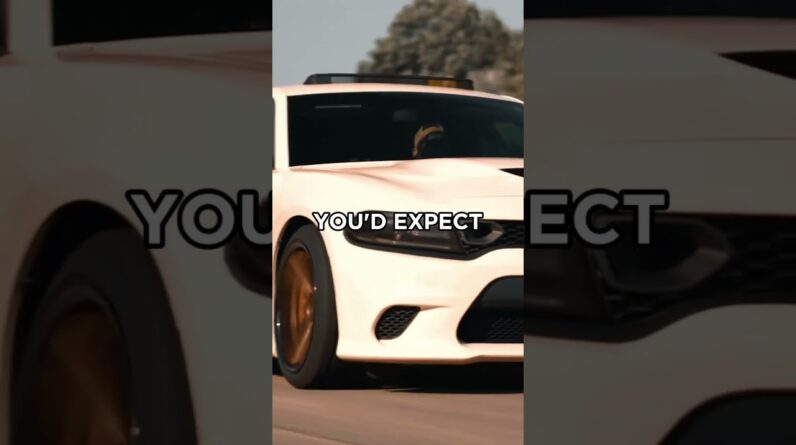Simon Loasby, Hyundai’s Head of Styling, cites the 1947 Stout Scarab, Phantom Corsair and Saab Ursaab as major influences on IONIQ 6’s sleek design. Those iconic ‘Streamliner’ cars epitomise the functionally efficient aesthetic on wheels. It’s easy to see how the symmetry and relative simplicity of their contoured shapes found their way onto Hyundai’s new Electrified Streamliner.
“IONIQ 6 started with a single curve that defines its profile and architecture — the ultimate streamlined form — and ‘Electrified Streamliner’ became the pet name for the car,” says Loasby. “The true beginning of aerodynamic design and engineering started in the 1930s and we felt that taking inspiration from that era – and indeed from nature – was the perfect way to create uniqueness and sustainable performance in the EV segment.”
Another key influence was the Supermarine Spitfire, a famous World War II British fighter plane. Designers applied a Spitfire-inspired winglet to the side of IONIQ 6’s rear spoiler to absorb the air flow from the roof and reduce drag by minimising vortices at the spoiler’s tip. This technology also effectively reduces the eddy currents generated from the side of the vehicle, helping to reduce drag.
The car itself has a streamlined shape like the wing of an airplane, so when running fast, lift is generated aerodynamically by the difference in pressure between the top and bottom of the vehicle. The downforce generated by IONIQ 6’s rear spoiler reduces lift even during high-speed driving to ensure stability.
“The Spitfire wasn’t the only high flyer on the design team’s radar during IONIQ 6’s development,” said Jinhyuck Chang, Head of Aerodynamic Development Team at Hyundai Motor Company. “They also took notes from nature too, especially the shape that a peregrine falcon takes when it dives after prey at 390 km/h.”
Get More Great Car Videos – Subscribe: https://goo.gl/BSIaFc







